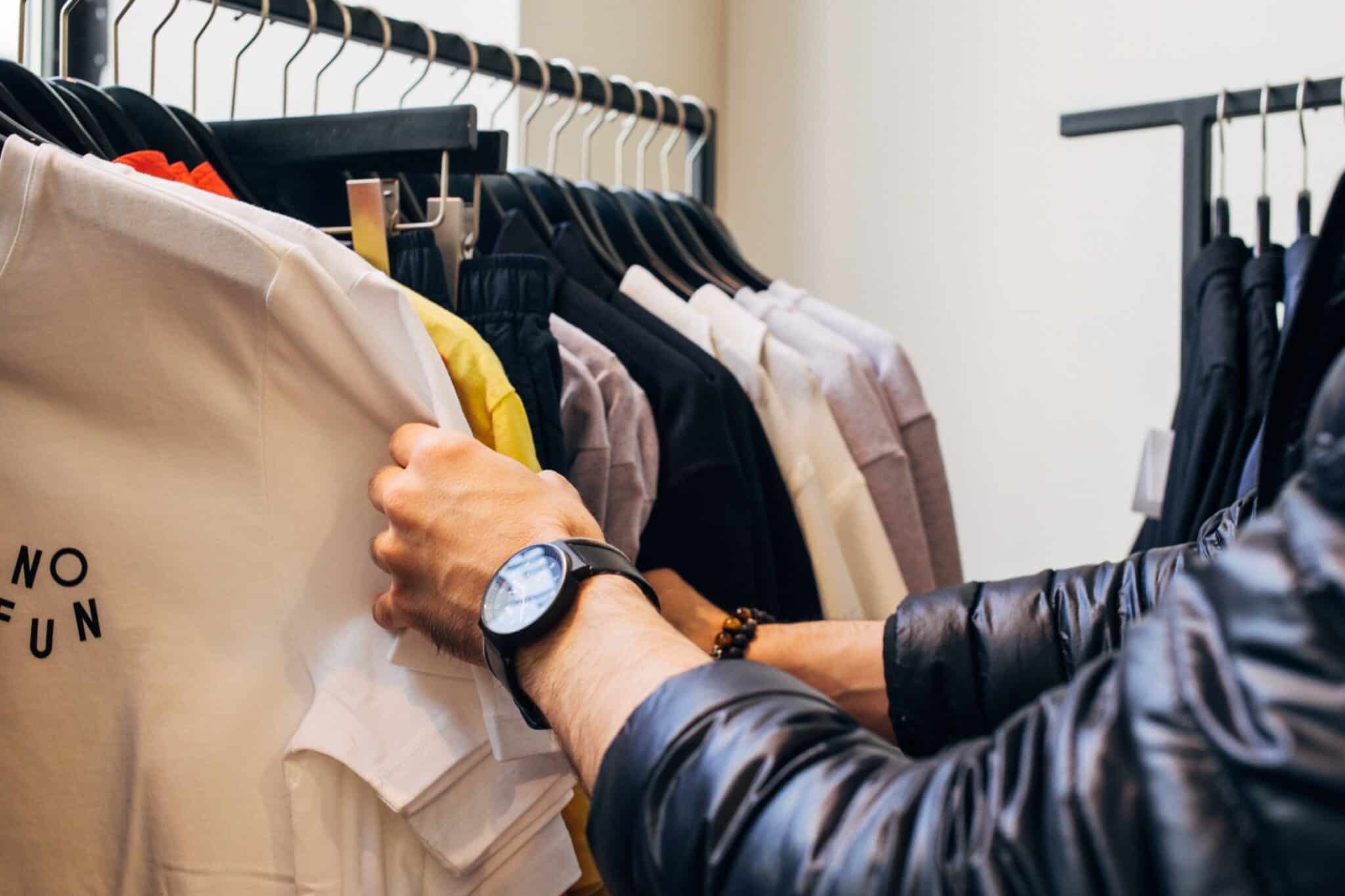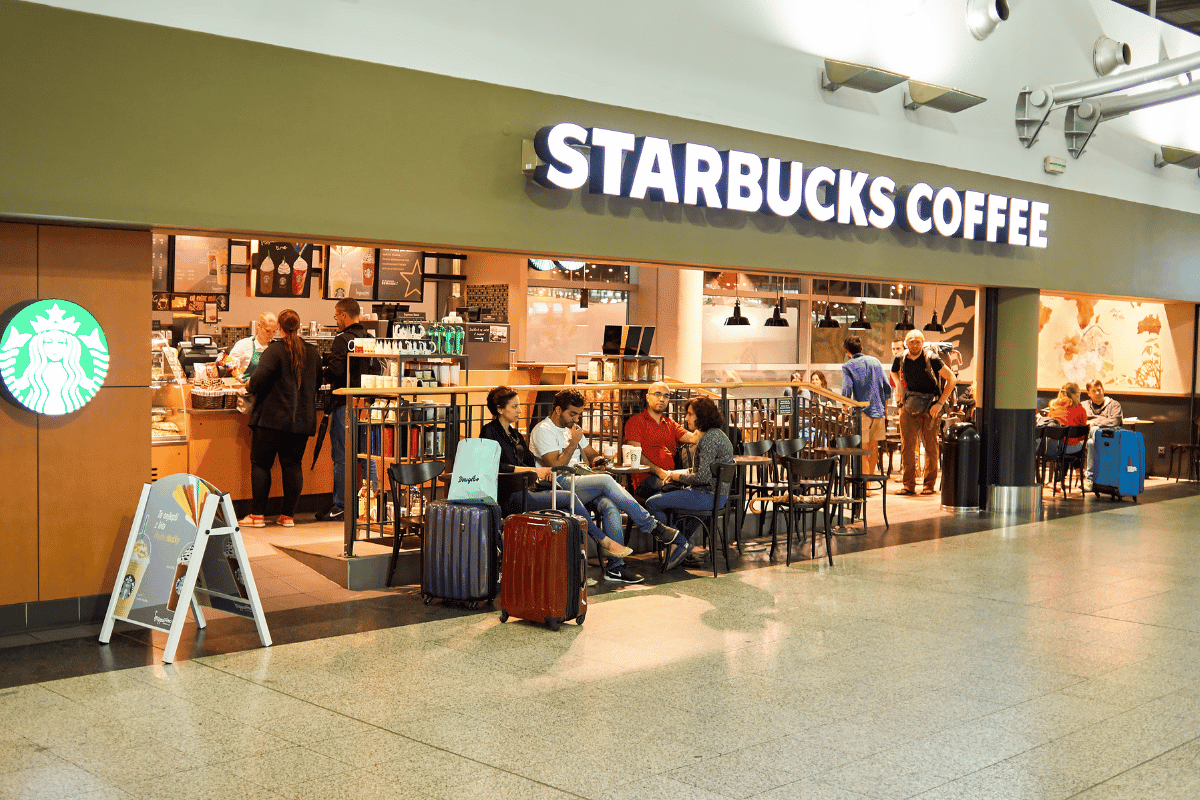In the UK, there is a disconnect between Gen Z and loyalty programmes. They say they love them but they’re not joining them. UK Research undertaken in January 2020 by Mando-Connect and YouGov found that nearly half of Gen Z males and over a 1/3 of Gen Z females are not part of any loyalty programme in the UK, significantly lower than any other age group.
In this article, we take a look at four rules that we recommend brands to break in order to drive loyalty with Gen Z. So much has been written about this generation and often in a paradoxical manner that it can be a confusing audience to navigate. The traditional rules of the loyalty game are clear. But Generation Z don’t play by the same rules. They break them. Here are four of the most powerful rules to break to engage Gen Z in your programme.
By: Isobel Finlayson
Rule 1. If your target audience are fans of loyalty programmes, they will join yours
79% of Gen Z love the idea of loyalty programmes and 60% think all brands should offer loyalty programmes; however, only 49.1% of males and 56.7% of females are members of a loyalty programme in the UK (compared to a national average of 76%). In only 2 years, despite our best efforts, our industry is getting even less engagement from Gen Z, and it wasn’t from a good starting point. We have seen an 8% drop in loyalty programme membership in young men and a whopping 14% drop in young women. This is a major concern as this is an important age group for many brands and businesses — currently counting for 40% of the world’s shopping population.
Brands must steer away from the traditional idea of a loyalty programme and develop innovative propositions that are going to engage this audience. In partnership with YouGov, Mando-Connect looked at their attitudes towards advertising and retail, and it threw up some interesting insight into why Gen Z aren’t joining loyalty programmes; Gen Z want loyalty programmes that are better tailored to their needs and wants, offer genuine value, and that are in the right digital or social channels.
Nike is a great example of a brand that is doing it well. The theme of inclusivity, diversity and acceptance runs through the promotional language they use; ‘Join us’ versus ‘Sign up’ and “Come join the Nike fam” to their choice of club ambassador like Megan Rapinoe — a powerful advocate of equal rights and football superstar. Research carried out by Youth Sight in June stated 3 in 4 Gen Z like to be surrounded by different people, culture and ideas. This inclusive welcoming stance coupled with first access to new launches, birthday and member anniversary offers plus free delivery, 60-day wear tests and receipt-less returns, makes it a tantalizing proposition for 16-24s to join.
Rule 2. You have to offer WOKE rewards and help the planet with every reward
Gen Z have been revered as the most activist generation since the 60s with a new wave of influencers that are using their platforms to inspire change. Whether that’s Greta Thunberg’s school strike to fight climate change or John Boyega’s rallying speech at a Black Lives Matters protest, activism has become the new influencing. Similarly, social media accounts, like Diet Prada, have been specifically set up to call out unethical practices in the fashion industry and have a huge cult Gen Z following. Many Gen Zers will challenge and question a brand’s ethics whether that be openly on Instagram or privately in a Whatsapp group chat. Dig-In for YMS:Online reported 83% would boycott a brand if they didn’t agree with their values. But is this reflected in what they want from brands and their shopping habits? Actually, no. As published in Voxburner’s Youth Trends report this year, 99.8% bought from at least 1 of 10 major brands associated with ethical scandals.
Looking good is still the main priority for the majority. Brett Booth and Luke Hodson of Urban Nerds said at the Voxburner’s digital conference ‘Youth Marketing Strategy Online London’, “Fresh garms is everything. If they have £100 to spend this weekend, 56% would spend it on new clothes. They prioritise looking good.” We’ve also seen that trend come to light through VOXI Drop and their success stories. The recent collaboration with Glossybox, where users were able to redeem a free beauty box worth £50, beat all of its targets and successfully engaged the majority of the base in a record response rate.
Gen Z want to see brands donating and supporting to charitable causes, but not necessarily at the expense of not receiving a reward themselves. After all, this generation will be financially the hardest hit of all generations. According to Student Beans 2020 annual report, 67% of students in the UK are worried about being able to afford their living costs. If a brand can alleviate any of that financial burden then this is a sure-fire route to success. Asides from giving them actual money, money off vouchers at their local supermarket to get their weekly shop or a free coffee from their favourite coffee shop are small gestures that will go a long way.
Rule 3. Give your digital natives digital rewards only
Due to the pandemic, a lot of planned prize draws that were physical experiences had to be converted into virtual experiences and we found the number of entries to be less on average. Whilst Gen Z are grateful for their digital community, these connections were already well established before the pandemic and as such, they crave the return of physical social interaction and experiences. Holidays with mates to Ibiza trumps virtual festival with friends.
Even pre-pandemic, they attached value to receiving something physical in the post because it gave them the same dopamine hit as receiving a like on their Instagram photo. Unlike older generations, they are less in the habit of sending handwritten cards and are unlikely to go to a physical post office, unless they are returning an ASOS order. For this reason, receiving a physical gift or reward has become a novelty for this audience and something they look forward to.
Vans and their loyalty programme, Vans Family, are winning over fans by sending them surprise packages unannounced. Members are receiving free pairs of trainers, water bottles and caps, and taking to social media to share their haul. Since instating the program, Vans has grown its database to over 10M members and has seen a lift in spending of loyalty members vs. non-members.
Furthermore, if a brand is covering the shipping fee as well as the cost of the reward, then it helps to deliver on that all-important value message too. Amazon Prime has set high expectations in terms of speed, ease and low-cost delivery which means this audience is conditioned to expect or at least want the same from other brands. In a report carried out by Wunderman Thompson, 56% of Gen Z will go direct to Amazon Prime to start their shopping experience. The free shipping component is a big draw and we’ve seen other brands like ASOS, successfully adopt a ‘Premier Delivery’ subscription model which gives customers free and unlimited Next-Day Delivery for just £9.95 a year in the UK. Free delivery is a simple but a tangible cost to understand for Gen Z so considering offering free delivery on your rewards to customers can help win them over.
Rule 4. Your loyalty programme needs to be a mobile app
VOXI have successfully broken this rule with their loyalty programme: VOXI Drop. Customers are notified by social ‘teaser’ videos and email when there is a new Drop, and then the race is on for customers to enter their online account and claim their offer or reward.
This strategy is so clever because it takes the loyalty programme to where the Gen Z audience is. They are the biggest users of social media: TikTok alone saw a 25% increase in 16-24 users from April 2019 to April 2020. It requires minimum effort on Gen Z’s part and therefore successfully keeps this audience engaged, month on month. Each month’s drop announcement on social also means continuous real-time feedback on rewards to help understand what they really want. Furthermore, having built such an engaged base means VOXI can and do ask their customers what Drop they would want to see via Instagram stories. Having this two-way conversation between brand and audience, is exactly how Gen Z like to engage with brands. They want to be listened to and heard, and it gives VOXI the opportunity to acknowledge this in the Drops they choose.
Even where loyalty programmes do have an app, like Nike and Vans, it is positioned as an add-on rather than the core engagement mechanic.
The end goal
It’s time for brands to rip up the rule book when it comes to loyalty and Gen Z. Brands need to move away from traditional loyalty programme models where customers are expected to download an app or even, fill out a form for a physical membership card, and bring loyalty to the social and digital channels they already reside in. Similarly, brands need to re-think their rewards approach and can do that by checking in with their target audience directly via social channels for real-time feedback. Failing that, a good starting point would be to prioritise rewards that keep them looking good, help take off the financial strain, or enable a physical experience.
The rule book for Gen Z will be constantly changing, that’s why this is such an exciting generation to design loyalty programmes and rewards.
Isobel Finlayson is a Partnership Account Director at Mando-Connect.




